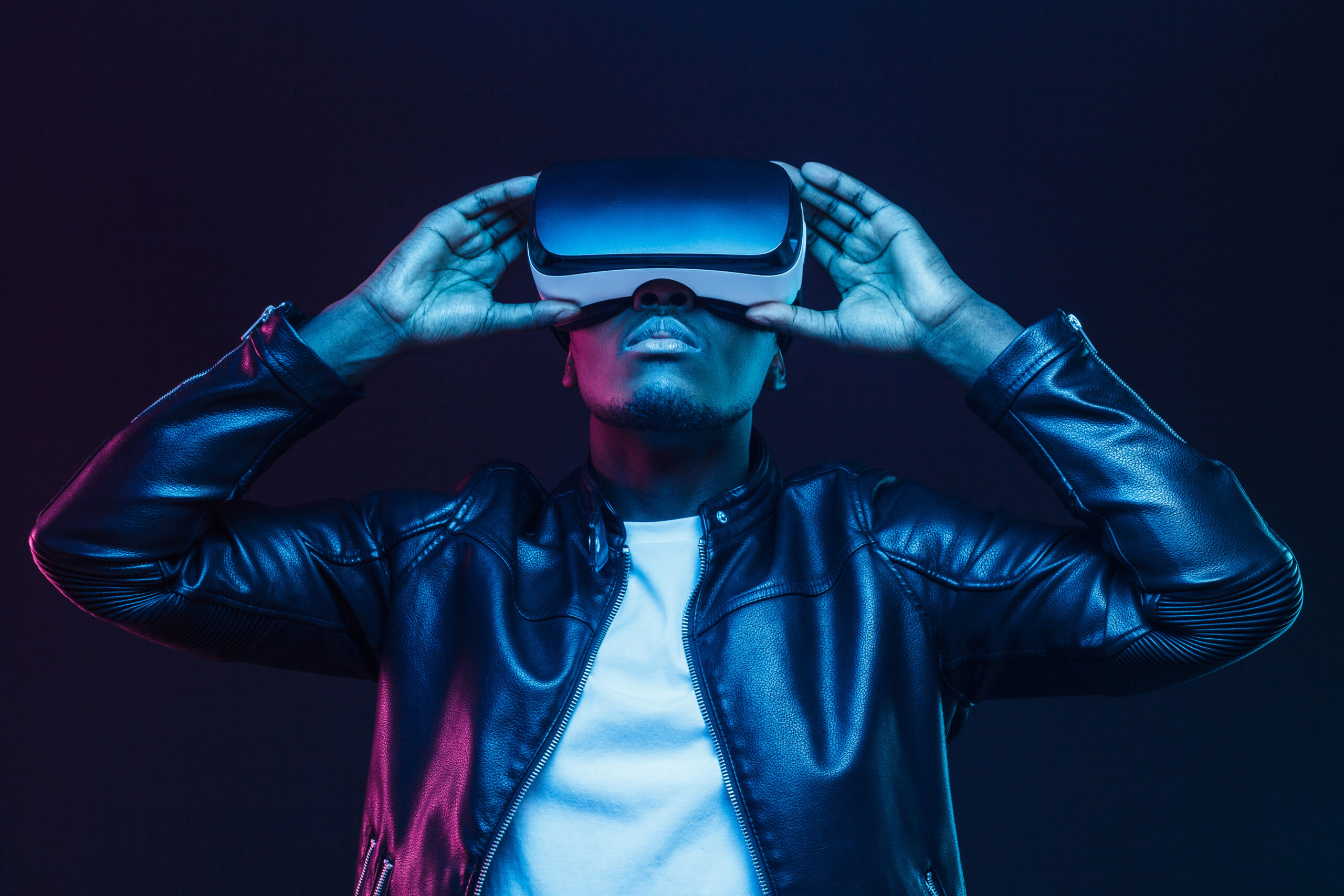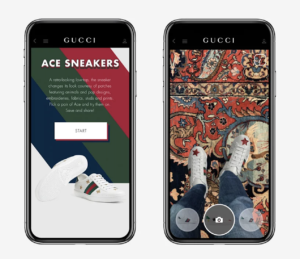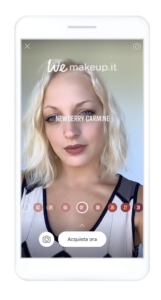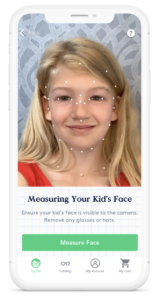In the fast-paced, ever-changing world we live in, it is no surprise that the way customers experience products has changed phenomenally over the past ten years. A decade ago, customers made most purchase decisions based on news adverts and direct mail and were more loyal to brands because the process of switching was cumbersome and time-consuming.
The power of the internet and the profound technological changes we’ve seen over the past ten years has wholly revolutionized consumerism. Technologies like Augmented Reality, Virtual Reality, 3D Product Visualization, and 3D Product Rendering have opened up a realm of possibilities, improving the customer experience and saving costs for the adapting companies.
Let’s dive into these technologies and how they can transform your e-commerce business.
Augmented Reality (AR)
According to Statista, the market for AR technology is growing, with projections for 2023 valuing it at over $18 billion. AR is a technology viewed via a screen, offering a view of the real-life environment with superimposed computer-generated images – changing the perception of what you see. AR allows e-commerce customers to preview products or experience services in their environment before choosing to make a purchase. Using AR, your customers are more likely to pick the right product the first time.
Here are some ways e-commerce stores are currently leveraging AR technology:
-
Product placement
Retail brands continue to invest in AR technology to help customers make more informed product decisions. For example, Gucci introduced the concept of AR-enabled “try-on” shoes. Pointing their smartphone camera downwards, shoppers can see a digital overlay of different sneakers on their feet, swiping left or right to change to a different pair.
-
Social media filters
If you’ve been on Snapchat or Instagram Stories lately, you’ve probably used an AR filter. These filters were once used just for fun, but there has been a rise in the number of brands jumping on the AR bandwagon over the years.
One example is We MakeUp, an Italian cosmetics brand that created an AR filter on Facebook that allowed users to try different lipstick shades.
The campaign was a huge success, achieving a 53% higher click-through rate and 28-point lift in sales compared to video-only ads.
Virtual Showrooms & Virtual Reality (VR) Experiences
To further innovate the online shopping experience, retailers can build virtual showrooms or virtual stores. These platforms offer customers a virtual experience just as close to heading out to a physical store as you can get from the comfort of your home.
In 2017, BMW was the first automaker to provide customers with an at-home AR experience to view “life-like three-dimensional models superimposed on their view of the real world.” In 2020, to follow the COVID-19 safety precautions and further enable customers to shop for cars at home, BMW Singapore introduced the BMW Digital Showroom to give buyers a tour of their collection without visiting physical dealerships. The world of automotive is becoming increasingly digital.
In the travel industry, customers looking for fantastic vacation experiences can also visit destinations through virtual reality and check out hotels and activities from their homes before making a final destination decision. This provides the customer a more impactful pre-travel experience and could result in greater loyalty to retailers offering this option. Some of the early adopters of this technology are Thomas Cook, Marriott Hotels, and Lufthansa.
3D Product Visualization
3D product visualization opens the door to exciting possibilities like custom-made products. Providing options for the shopper to precisely design their product increases brand loyalty and conversions while reducing product return rates.
For example, Wizeline worked with Fitz Frames, a Los Angeles-based company that 3D prints custom glasses for kids, to develop an application that provides customers with an enhanced eyeglass-fitting experience.
The app allows shoppers to take charge of their own experience, exploring a catalog of six frame shapes and eight colors to create unique customized glasses and sunglasses designed specifically for them. Wizeline also integrated a 3D modeling program to fulfill orders placed on the website.
3D Product Rendering
Photorealistic rendering is the process of developing a highly realistic digital image from a 3D computer model. When executed correctly and with the right tools, the final result is identical to a photo taken with a camera in a traditional photography studio. Here are some of the advantages of this approach:
- It saves you time and money by simplifying the marketing process and removing the need for photoshoots
- It allows you to promote a product before it’s ready for the market
- It helps you maintain visual consistency between production periods
- It offers unlimited creative opportunities
- It creates pre-rendered images, which allows the webpage load faster. This is vital in e-commerce, especially for mobile customers, as 53% of users will leave a site that takes longer than three seconds to load, and 44% will leave a site whose images won’t load
In recent years, shopper expectations for the number of images per product have skyrocketed, going from three in 2016 to upwards of eight. Businesses must adapt to this trend to meet customer demands and stay ahead of the competition.
Ready to implement?
63% of customers say AR would improve their shopping experience, while 70% of consumers are expected to be more loyal to brands including AR as part of their shopping experience. With online shopping on the rise, you should be looking to leverage these technologies to stay ahead of the curve and improve your customers’ shopping experience.
Ready to get started with AR, VR, or 3D? Wizeline works alongside numerous enterprises and growing startups to build end-to-end digital products, implementing new trends to stay ahead of the competition. Our teams have mastered remote collaboration and have built strong community ties around our global office locations. To learn more about Wizeline and our projects, check out our case studies or contact consulting@wizeline.com today.









